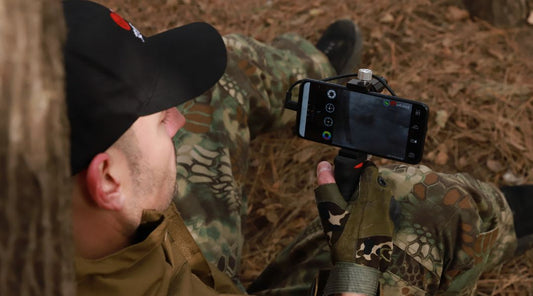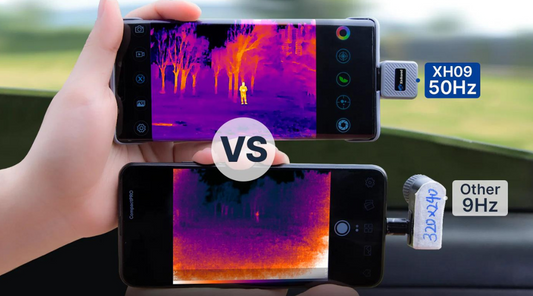Best Practices for Using Thermal Imaging Cameras: A Comprehensive Guide
Thermal imaging cameras have become indispensable tools in various industries, allowing professionals to detect temperature differences and capture heat signatures that are invisible to the naked eye. To ensure accurate and effective results, it is crucial to follow best practices when using these cameras. In this article, we will explore essential guidelines and tips for maximizing the potential of thermal imaging cameras. Whether you are a building inspector, electrician, or wildlife enthusiast, understanding these best practices will help you make the most of this powerful technology.
I. Understanding the Basics of Thermal Imaging
To begin, it is important to grasp the fundamental principles of thermal imaging. Thermal cameras detect and measure infrared radiation emitted by objects, converting it into visible images that represent temperature variations. Understanding how this technology works will enhance your ability to interpret and analyze thermal images accurately. Key concepts to familiarize yourself with include emissivity, temperature range, and thermal sensitivity.
II. Preparing for a Thermal Imaging Session
Proper preparation is vital for obtaining reliable results with thermal imaging cameras. Before beginning a session, it is recommended to ensure the camera is in optimal condition. This includes checking the battery life, confirming calibration, and cleaning the lens to avoid any distortions or artifacts in the images. Additionally, it is crucial to consider environmental factors, such as ambient temperature and humidity, which can impact the accuracy of the readings.

III. Capturing Quality Thermal Images
To achieve high-quality thermal images, several factors should be taken into account during the capture process. This section will outline the following best practices:
- Distance and angle: Maintain an appropriate distance and angle from the target object to capture accurate temperature measurements and minimize image distortion.
- Focus: Ensure proper focus on the subject to enhance image clarity and temperature precision.
- Stability: Keep the camera steady by using tripods, mounts, or other stability aids to avoid blurry images.
- Multiple angles: Capture images from different angles to gather comprehensive thermal data and improve analysis.
- Image annotations: Utilize annotation tools available in thermal cameras to mark specific points of interest or reference.
- Avoid reflective surfaces: Refrain from scanning reflective surfaces as they can produce inaccurate temperature readings.

Conclusion:
Thermal imaging cameras are powerful tools that offer a wealth of applications across multiple industries. By following these best practices, users can maximize the accuracy and usefulness of thermal imaging technology, leading to improved decision-making and efficiency in their respective fields. Remember to stay up-to-date with the latest advancements in thermal imaging and regularly practice using the cameras to refine your skills.




